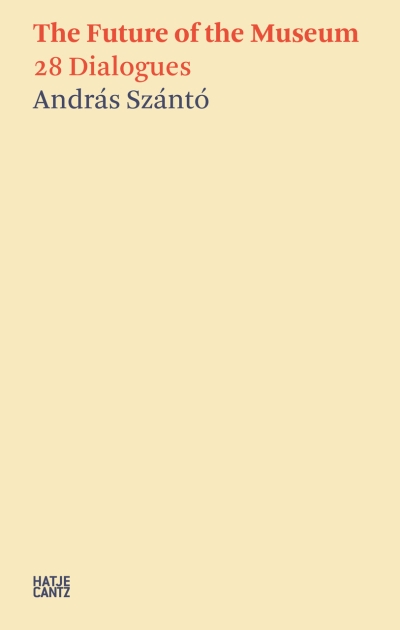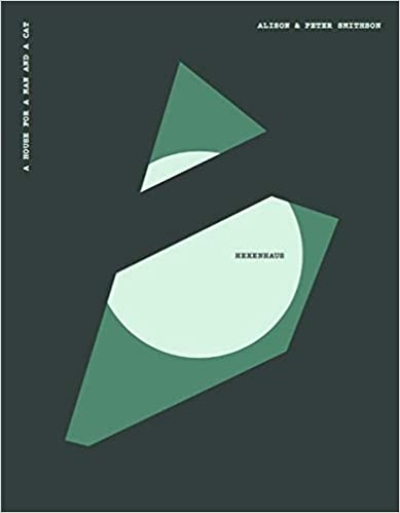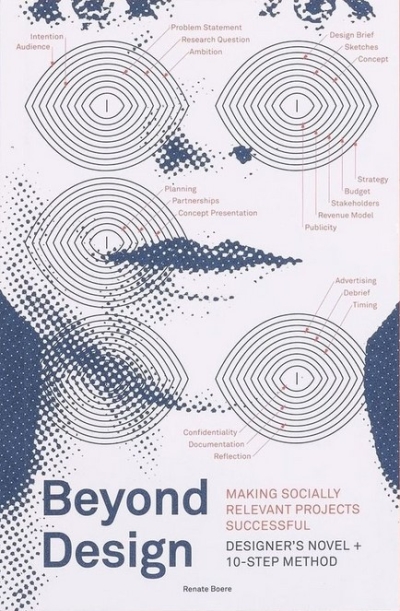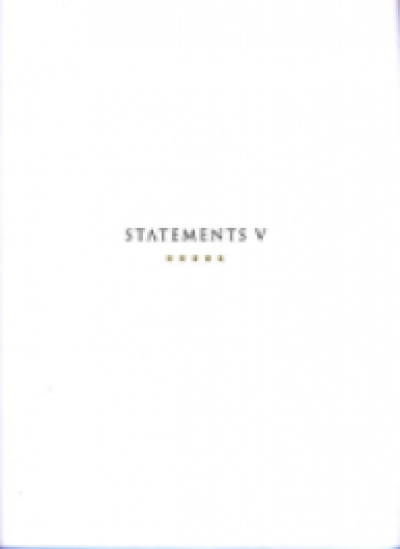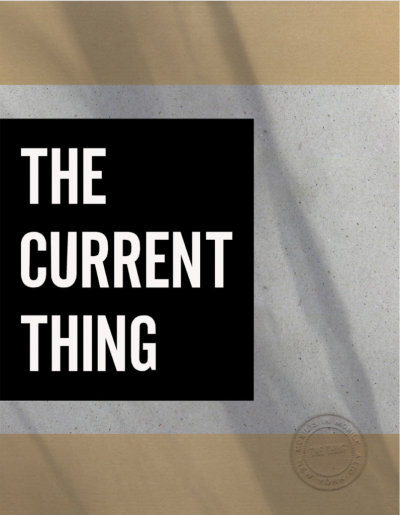
The Culture of Curating and the Curating of Culture(s)
Once considered a mere caretaker for collections, the curator is now widely viewed as a globally connected auteur. Over the last twenty-five years, as international group exhibitions and biennials have become the dominant mode of presenting contemporary art to the public, curatorship has begun to be perceived as a constellation of creative activities not unlike artistic praxis. The curator has gone from being a behind-the-scenes organizer and selector to a visible, centrally important cultural producer. In The Culture of Curating and the Curating of Culture(s), Paul O’Neill examines the emergence of independent curatorship and the discourse that helped to establish it.
O’Neill describes how, by the 1980s, curated group exhibitions--large-scale, temporary projects with artworks cast as illustrative fragments--came to be understood as the creative work of curator-auteurs. The proliferation of new biennials and other large international exhibitions in the 1990s created a cohort of high-profile, globally mobile curators, moving from Venice to Paris to Kassel. In the 1990s, curatorial and artistic practice converged, blurring the distinction between artist and curator.
O’Neill argues that this change in the understanding of curatorship was shaped by a curator-centered discourse that effectively advocated--and authorized--the new independent curatorial practice. Drawing on the extensive curatorial literature and his own interviews with leading curators, critics, art historians, and artists, O’Neill traces the development of the curator-as-artist model and the ways it has been contested. The Culture of Curating and the Curating of Culture(s) documents the many ways in which our perception of art has been transformed by curating and the discourses surrounding it.
Endorsements
“Paul O'Neill guides us through the conflicting claims that surround the development of curating as an implicated set of roles. Focusing on the debates and differences that are part of curatorial practice, this book shows what is still required and may be possible. By exposing the historical origins and congested terrain of contemporary curatorial practice, O'Neill will stir a new generation to action.”
—Liam Gillick, Artist
“In this timely book, Paul O’Neill provides a much-needed overview of the historical development and central issues of contemporary curating. In clear, jargon-free prose he mines the curatorial literature to discuss disparate exhibition strategies and critically analyze the changing self-conception of the curator. This is a book that should be read by anyone interested in exhibitions and exhibition-making.”
—Bruce Altshuler, Director of New York University's Museum Studies Program
"This book is a thorough and convincing survey of the curatorial. It covers the changing relations between the curator and the artist or art institution over the last fifty years and shows how this triangle has been crucial to the way the public perceives the possibilities of art. It offers readers a digestible history of a phenomenon that profoundly influences our perception of art and how it is understood today."
—Charles Esche, Director, Van Abbemuseum; Eindhoven/Co-editorial Director, Afterall, London






